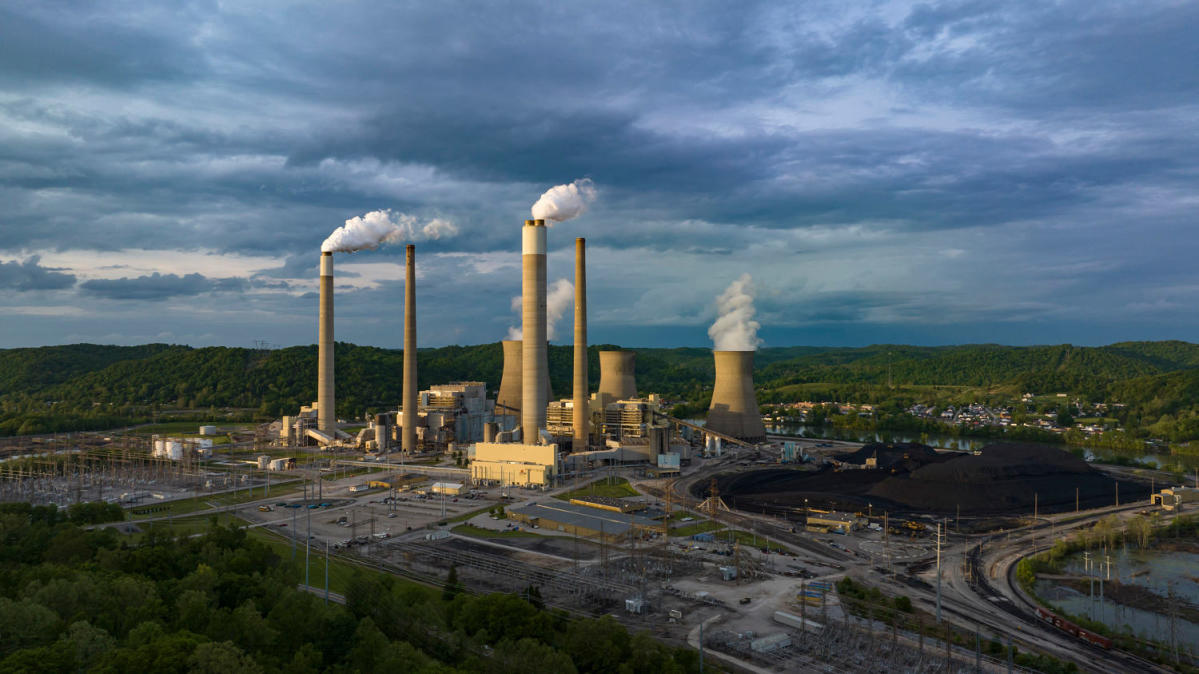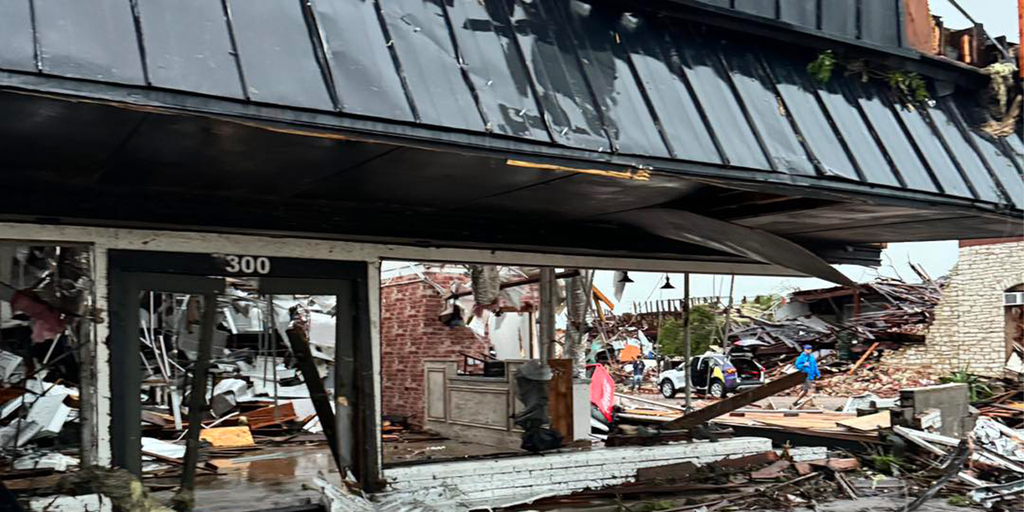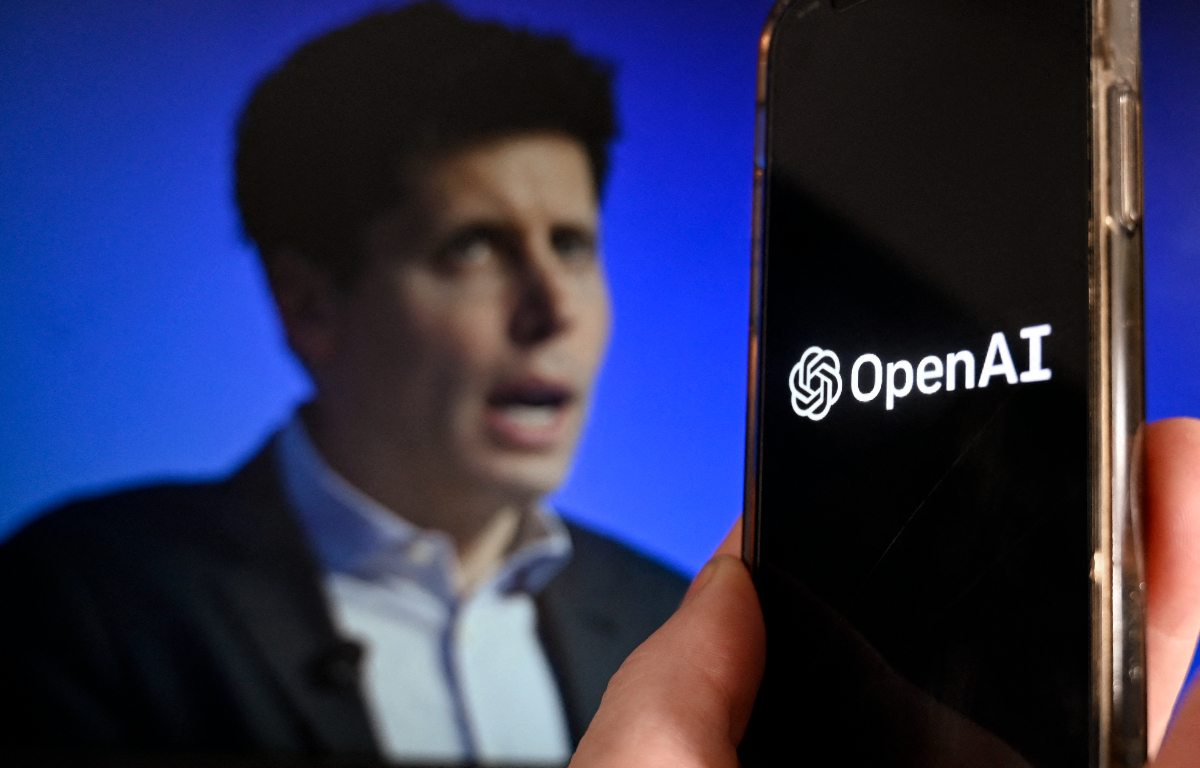WASHINGTON — The Supreme Court on Wednesday agreed to decide a legal challenge to a Biden administration plan aimed at reducing air pollution that crosses state lines.
The court will hear oral arguments in February on four related emergency applications challenging the policy brought by Republican-led states Ohio, Indiana and West Virginia and various affected industries, including natural gas pipeline operators.
In announcing the move, the court deferred action on whether the plan should be put on hold while legal challenges continue in lower courts.
The “good neighbor plan,” introduced by the Environmental Protection Agency earlier this year, is intended to curb nitrogen oxide pollution from industrial facilities that can lead to the formation of smog. If implemented in full, it would apply to 23 “upwind” states whose emissions can contribute to pollution in “downwind” states.
The EPA says the plan would help prevent premature deaths, reduce emergency room visits and cut asthma symptoms by limiting the amount of smog.
Under the Clean Air Act, states get the first stab at implementing their own pollution control plans. Each state has a responsibility under the law to be a “good neighbor,” meaning that their plans address pollution that can contribute to other states not meeting their own obligations.
The EPA can step in under some circumstances to adopt its own plan, which is what happened this year. The states object to the federal government’s approach, saying in part that they didn’t have enough time to come up with their own plans.
Republican-led states have long chafed at robust EPA interventions over environmental policy, citing it as an example of federal overreach that infringes on the right of states to govern themselves.
In this instance, the EPA’s approach “ignored obvious problems with its attempt to twist the Clean Air Act into a system of top-down regulation instead of the system of cooperative federalism that Congress intended,” Ohio Attorney General Dave Yost wrote in court papers.
As a result of other litigation and the complex regulatory process, the plan is only currently in place for some of the states.
Solicitor General Elizabeth Prelogar, representing the Biden administration, said that the EPA’s “original rationale for regulating emission sources in the 11 states currently subject to the rule continue to apply with full force and the rule continues to function properly in those states.”
This article was originally published on NBCNews.com

Evan Massoud is a political analyst with a knack for dissecting policy and governance. He provides readers with informed perspectives on political developments at home and abroad. Evan’s dedication to civic engagement extends to volunteering in local politics.







